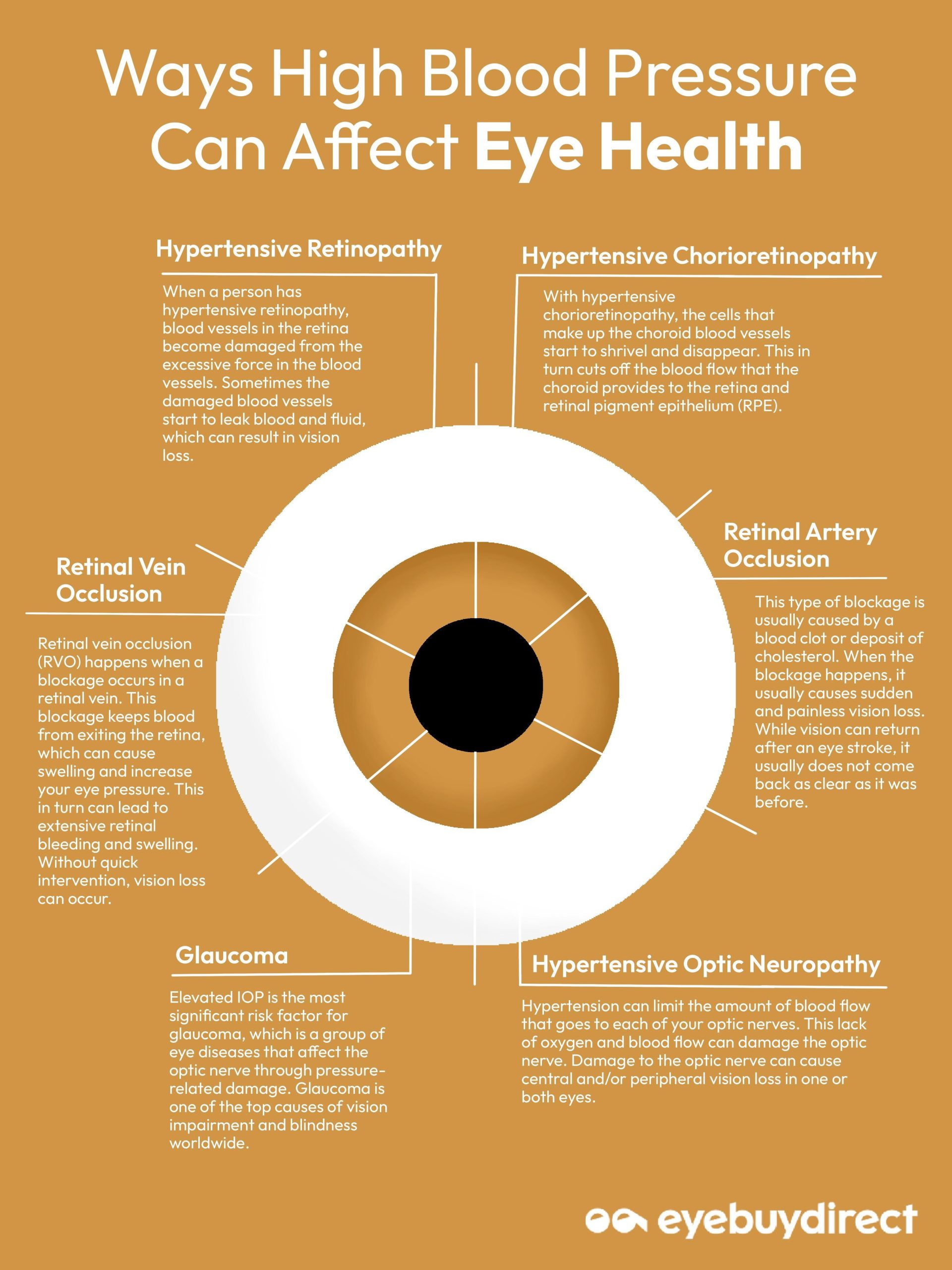Hydrangea seeds are small, round, and often dark in color. They resemble tiny beads with a hard outer shell, encapsulating the potential for vibrant blooms. These seeds hold the promise of new beginnings, harboring the beauty and diversity of hydrangea varieties. It is fascinating to witness the transformation from these unassuming seeds to the stunning flowers they can become. Keep reading to uncover the intriguing world of what do hydrangea seeds look like.
What Do Hydrangea Seeds Look Like
If you’ve ever gazed upon a beautiful hydrangea bush with its vibrant blooms in shades of pink, blue, or purple, you may have wondered how these lovely flowers reproduce. The answer lies in hydrangea seeds. In this article, we will delve into the fascinating world of hydrangea seeds and explore what they look like.
Understanding Hydrangea Seeds
Hydrangeas are not only known for their large and showy flower clusters but also for their ability to produce seeds. These seeds are the key to growing new hydrangea plants. So, what exactly do hydrangea seeds look like?
Appearance of Hydrangea Seeds
Hydrangea seeds are tiny and delicate, resembling small grains or seeds. They are often dark in color, ranging from brown to black, depending on the specific variety of hydrangea plant. These seeds are enclosed within a protective outer layer, allowing them to be dispersed and grow in suitable conditions.
Size and Shape
The size and shape of hydrangea seeds can vary slightly among different hydrangea species. Generally, they are quite small, measuring about 1-2 millimeters in diameter. The shape is typically round or oval, with a smooth texture on the surface.
Color
As mentioned earlier, hydrangea seeds exhibit a dark coloration, which aids in their protection from the elements and predators. This dark hue helps the seeds blend into the soil, ensuring they remain undisturbed until conditions are ideal for germination.
Where to Find Hydrangea Seeds
If you’re interested in exploring hydrangea seeds further, you may wonder where to find them. Hydrangea seeds are typically found within the spent flower heads of the plant. After the hydrangea blooms have faded and dried out, the seed heads will contain these precious seeds.
You can gently remove the dried flower heads and carefully extract the seeds from within. Be sure to handle the seeds with care, as they are delicate and should be protected from damage to ensure successful germination.
Growing Hydrangeas from Seeds
Now that you know what hydrangea seeds look like and where to find them, you might be curious about growing your own hydrangeas from seeds. While propagating hydrangeas from seeds can be a rewarding experience, it requires patience and the right conditions for success.
Germination Process
Hydrangea seeds require specific conditions to germinate successfully. You can start by planting the seeds in a well-draining potting mix, lightly covering them with soil. Keep the soil consistently moist but not waterlogged and place the pot in a warm, well-lit area.
It’s essential to be patient during the germination process, as hydrangea seeds can take several weeks to sprout. Once the seedlings emerge, continue to provide them with adequate light and water to support healthy growth.
Care and Maintenance
As your hydrangea seedlings grow, you will need to transplant them into larger containers or a suitable outdoor location. Hydrangeas prefer partial shade and well-drained soil, so be sure to choose a planting site that meets these requirements.
Regular watering and occasional fertilization will help your young hydrangeas thrive. Monitor the plants for signs of pests or diseases and take appropriate measures to ensure their health and longevity.
In conclusion, hydrangea seeds may be small in size, but they hold the potential to grow into stunning plants that bring beauty to any garden. By understanding what hydrangea seeds look like and how to care for them, you can embark on a rewarding journey of growing your own hydrangeas from seed. So, the next time you admire a blooming hydrangea bush, remember the tiny seeds that hold the promise of future blooms.
Happy gardening!
💐COLORFUL HYDRANGEA SEEDS – BEAUTIFUL, REUNION AND GRATITUDE
Frequently Asked Questions
What are the characteristics of hydrangea seeds?
Hydrangea seeds are small, typically around 1-2 millimeters in size. They are usually brown or black in color and have a slightly elongated oval shape. The seeds may be enclosed in a thin, papery covering or capsule.
How can you identify hydrangea seeds from other plant seeds?
Hydrangea seeds have a distinct appearance that can help differentiate them from other plant seeds. Their small size, brown or black color, and oval shape are key characteristics. Additionally, the thin covering or capsule that surrounds the seeds is a common feature unique to hydrangea seeds.
When is the best time to collect hydrangea seeds?
The best time to collect hydrangea seeds is typically in the fall. As the hydrangea flowers fade and dry out, the seeds will mature and be ready for harvest. It is important to wait until the seeds are fully developed before collecting them to ensure successful propagation.
Final Thoughts
In conclusion, hydrangea seeds are small and brown, resembling tiny nutlets. These seeds are often difficult to spot due to their size and color. However, with close examination, you can identify what hydrangea seeds look like as they are distinctively shaped. Keep in mind that proper care and attention are required for successfully growing hydrangeas from seeds.



